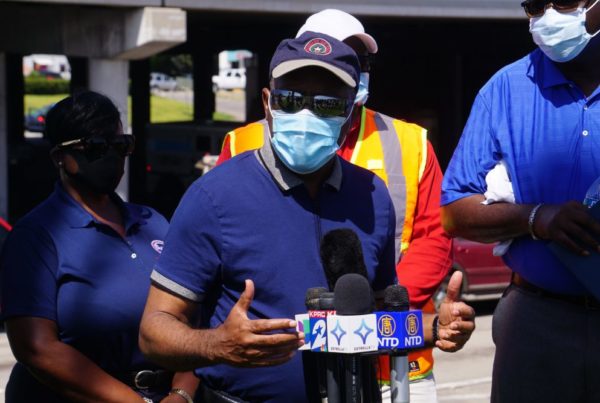The spread of COVID-19 appears to have begun long before March, when the first lockdown orders were issued by governments around the U.S. A new paper from a group of researchers at the University of Texas at Austin indicates that thousands of people with undiagnosed flu symptoms actually had COVID-19 last winter.
Lauren Ancel Meyers is a professor of integrative biology at UT-Austin. She leads the UT-Austin COVID-19 Modeling Consortium. She told Texas Standard that researchers focused on Wuhan, China, and Seattle – both early COVID-19 hotspots.
“We tried to go back and try to connect the dots, and try to figure out, in those early weeks of transmission, how many people were actually infected,” Ancel Meyers said. “And what we found in both of these cities is that most cases – thousands of cases of COVID – went completely unseen in those first few weeks.”
By January 23, when the Chinese government locked down Wuhan, forbidding travel to and from the city, there were 12,000 undiagnosed COVID-19 cases, Ancel Meyers said. Only 425 cases had been reported by that date. The outbreak most likely began in November 2019.
Similarly, Seattle had only reported 245 cases by March 9, the beginning of the week when U.S. lockdowns started. Researchers believe the virus began spreading there in late December 2019 or early January of this year.
“Based on our analysis, we believe there were probably closer to 9,000 cases during that February/early March period,” Ancel Meyers said.
The pattern of undetected COVID-19 spread appears to have occurred in other cities, including Austin, Ancel Meyers said.
The stealthy nature of the virus, and the fact that many people who become infected never show symptoms, are important reasons for undetected spread.
Web story by Shelly Brisbin.















